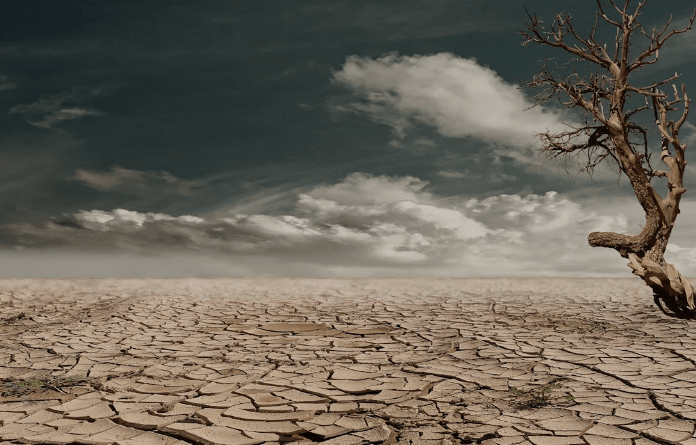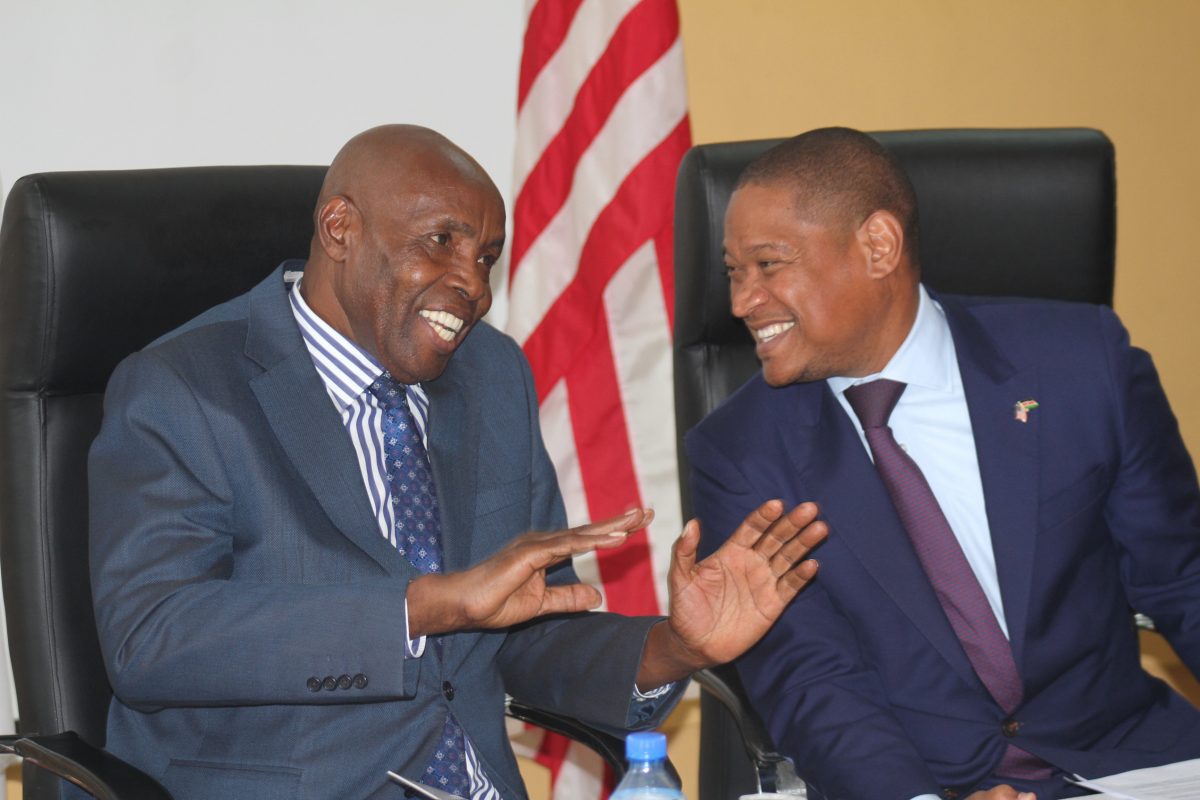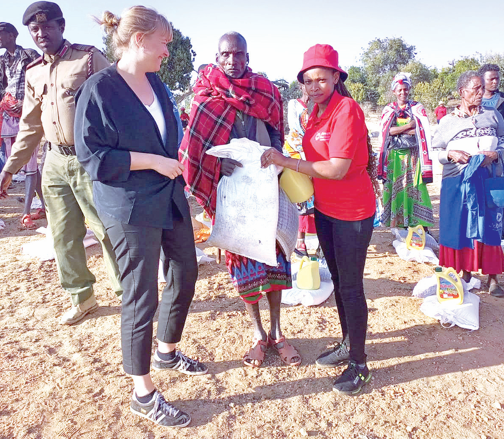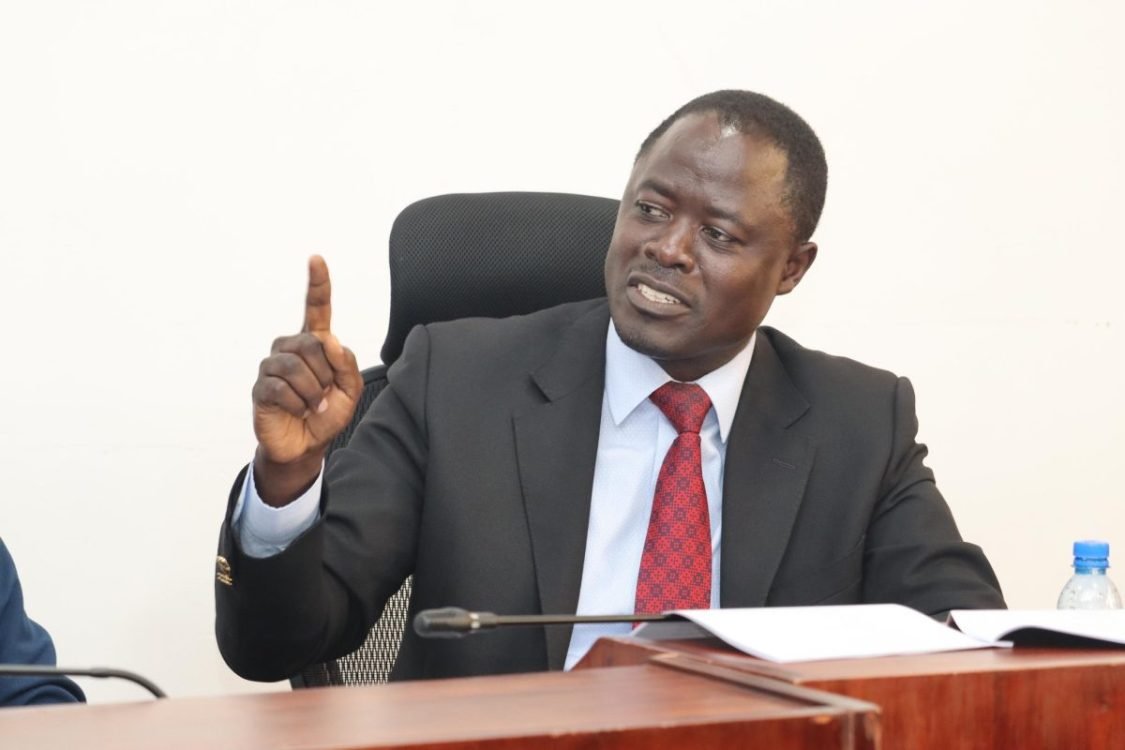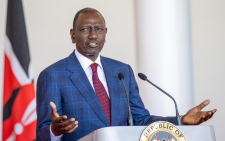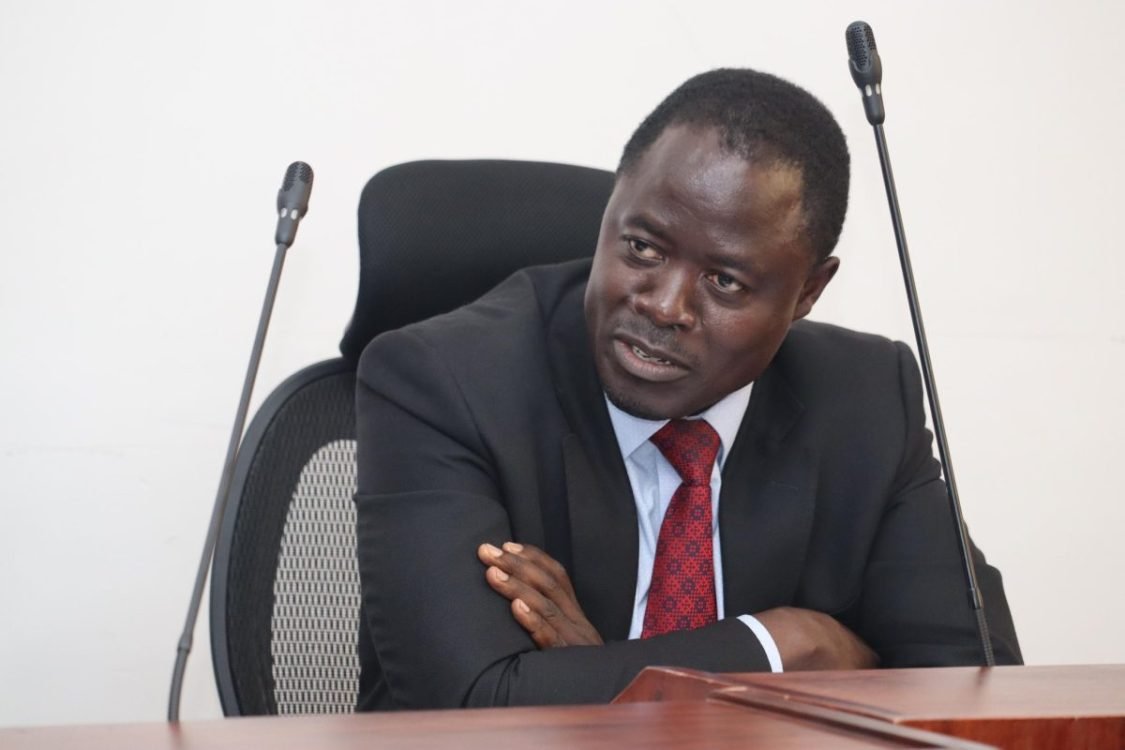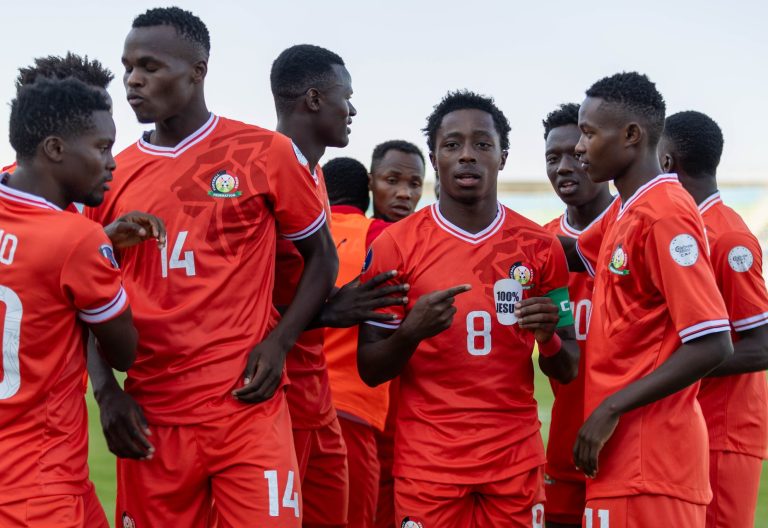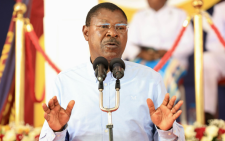Pastoralists feed rice straws to cattle amidst biting famine in Tana
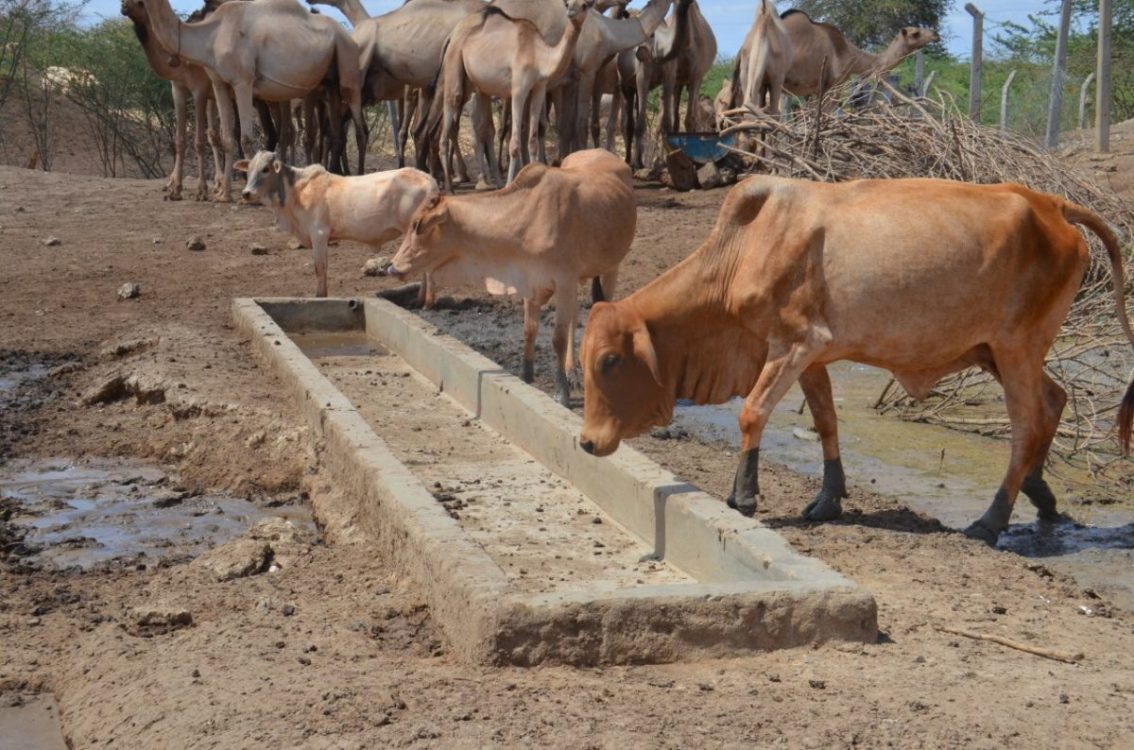
Rice production in Tana and Bura Irrigation Schemes has been a boon to farmers and pastoralists as rice straw now comes in handy as hay.
County Director of Livestock Production Nzioka Wambua said rice farmers after harvesting sell the rice straws to pastoralists.
Tana River farmers are cultivating the Kwamboka rice variety that was developed by the Kenya Agricultural and Livestock Research Organization (KALRO).
The Kwamboka rice variety is semi-aromatic and has long slender grains and a soft cooking texture. The plant height ranges from 110-115cm, it does not lodge, and matures in three to four months.
Tana River is in the Alarm-Worsening drought phase according to the National Drought Management Authority (NDMA) and is one of the worst affected counties by the prolonged drought.
Livestock from the Tana River, Galledyetu, Bangale, and Bura Sub-Counties migrated to the fallback area in Tana Delta Sub-County.
To mitigate the loss of livestock the government rolled out the livestock off-take programme to cushion farmers from the vagaries of drought.
The programme is implemented by the Kenya Meat Commission (KMC) and the Kenya Red Cross Society (KRC).
Wambua said in the third phase of the livestock off-take programme Tana River was allocated 500 head of cattle by KMC while the Food and Agricultural Organisation (FAO) will slaughter 1000 sheep and goats in Tana River and Tana North Sub-Counties.
“We are continuing the interventions KMC has given us 500 head of cattle for slaughter, we have distributed 8000 drought pellets through NDMA and we also got 400 bags of range cubes from FAO to distribute in all five sub-counties,” said Wambua.
“Very soon we are going to kick off the livestock off-take programmes, especially in the worst affected areas across the county. The price is Sh15,000 per cattle because of poor body condition, farmers will be able to buy food and cater for other household needs,” he noted.
He added that the price of sheep and goats to be purchased by FAO is Sh4,000.
The livestock off-take programmes are intended to salvage the livestock that are most at the risk of dying.
